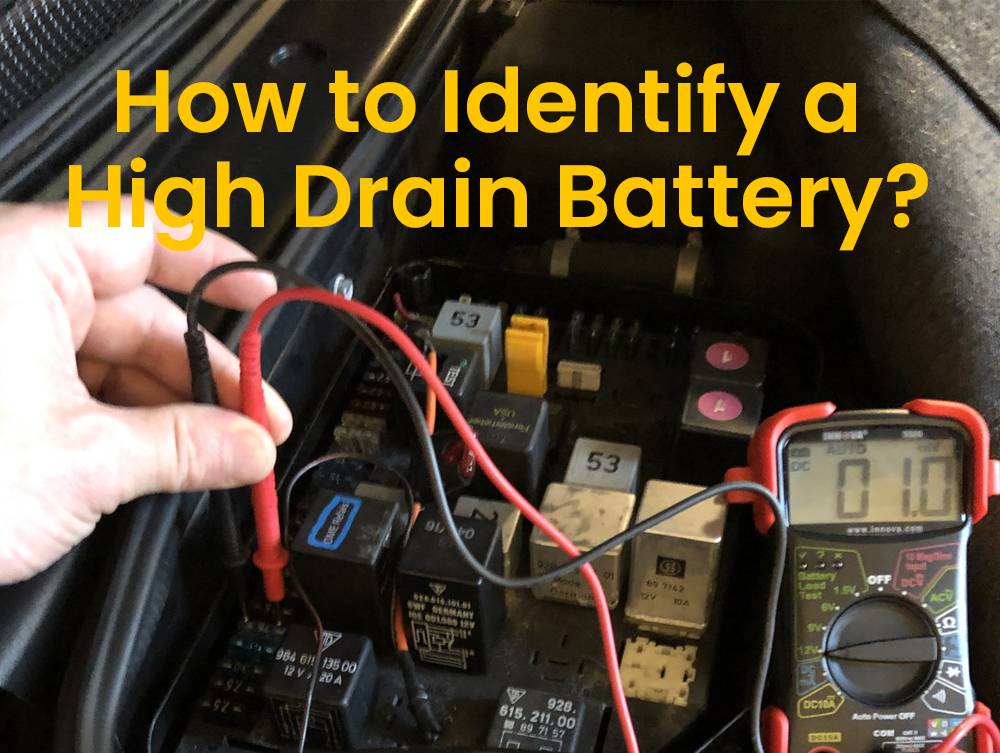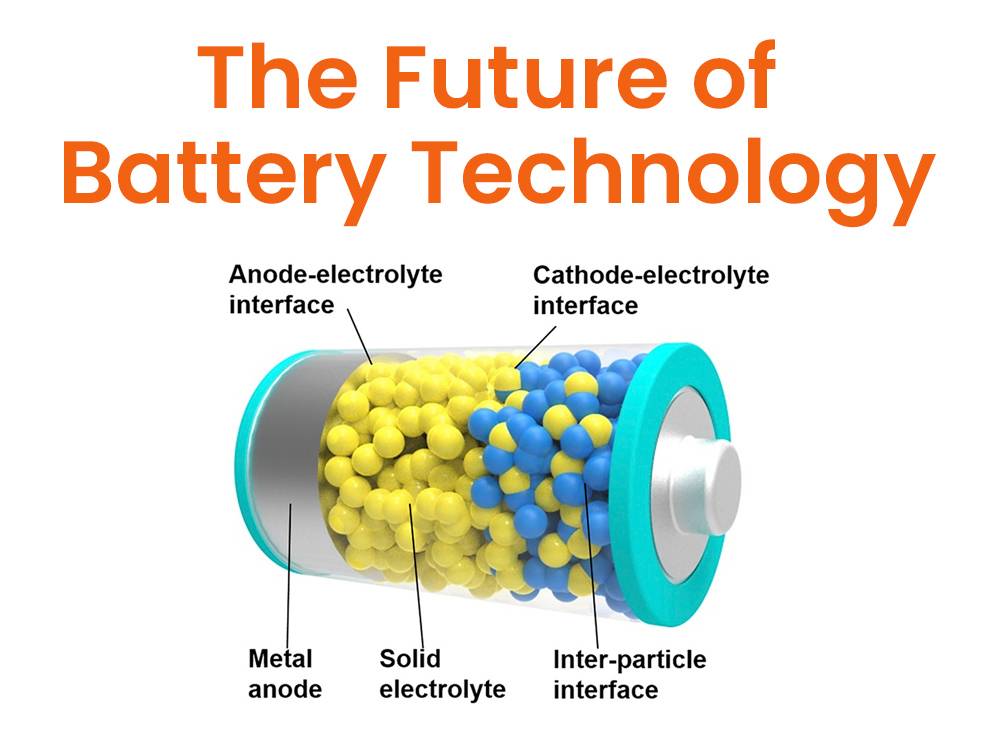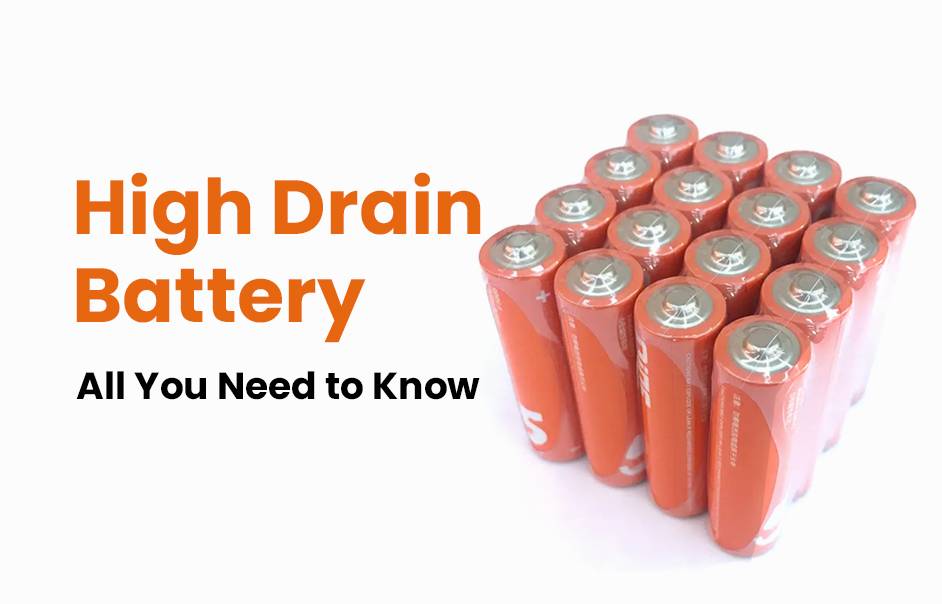Embark on an electrifying journey into the world of high-drain batteries with our latest blog post! In this tech-driven era, where gadgets dominate, the frustration of a drained battery can feel like a storm on a sunny day. Fear not! This post reveals the secrets of high-drain batteries, empowering you with knowledge to supercharge your battery life. Grab your chargers and join us for an electrifying exploration into the realm of high-drain batteries!
Understanding Battery Drain
Continuing the exploration of battery drain, factors like usage patterns, intensive activities, background apps, and weak signal strength contribute to this common issue across various devices. Usage intensity, such as streaming videos or using GPS, accelerates battery drain.
Background apps silently consume power even when not in use. Poor signal strength prompts extra energy expenditure. Additionally, operating system glitches or outdated software can strain hardware, further impacting battery life. Stay tuned for more insights into understanding and addressing battery drain!
Common Causes of High Drain Batteries
Is your phone always running out of battery too soon? Let’s tackle this issue by breaking down the main causes.
- Excessive Screen Time: Activities like scrolling through social media and binge-watching consume a significant amount of power. Limit screen time for a longer-lasting battery.
- Background Apps: Running too many apps in the background drains valuable battery life. Close unused apps or optimize battery settings to prevent this drain.
- Location Services: GPS tracking and other location-based features use up a lot of power. Turn off location services when not needed to extend your device’s battery life.
Addressing these factors, along with maintaining a strong network connection and keeping your software updated, can greatly extend your smartphone’s battery lifespan. By making small adjustments, you’ll avoid the frustration of constant low battery issues!
How to Identify a High Drain Battery
Dealing with a fast-draining smartphone battery can be frustrating. Here’s how to identify a high drain battery:

- Fast Percentage Drop: If your battery percentage drops quickly even during light use, it’s a sign of high drain.
- Unexpected Shutdowns: Sudden shutdowns before reaching low battery levels indicate a potential high drain issue.
- Device Temperature: An excessively hot device without demanding tasks suggests the battery is working harder.
- Abnormal Behavior: Frequent crashes, slow responses, and lagging may signal an underlying high drain problem.
Use battery monitoring apps to get detailed insights and pinpoint excessive power consumption. Identifying these signs early helps prevent further damage and extends your device’s battery life.
And remember, always charge completely before unplugging!
Tips to Extend Battery Life
To extend your device’s battery life, follow these tips:
- Adjust Screen Brightness: Lowering screen brightness significantly reduces power consumption.
- Turn Off Background App Refresh: Disable this for non-essential apps to save battery life.
- Manage Push Notifications: Enable notifications selectively or adjust settings for less frequent updates.
- Close Unused Apps: Shut down unused applications to conserve energy.
- Enable Low Power Mode: Activate this mode to optimize performance and reduce background activity.
- Use Wi-Fi Instead of Cellular Data: Wi-Fi consumes less power during internet use.
- Disable Unnecessary Features: Turn off Bluetooth, GPS, or NFC when not in use to prevent high drain rates.
- Limit Location Services Usage: Restrict location access for non-essential apps or set them only while using specific apps.
- Take Advantage of Battery-Saving Apps: Use third-party apps to manage processes more efficiently.
Implementing these strategies collectively, rather than individually, will likely yield better results. Remember, battery-saving practices may vary by device type, but these recommendations should help extend overall battery life!
Top 5 Smartphones with Long Battery Life
Discover the top 5 smartphones with impressive battery life:
- Samsung Galaxy S21 Ultra: Featuring a massive 5,000mAh battery, this powerhouse easily handles demanding tasks, ensuring you have juice left at the end of the day.
- iPhone 12 Pro Max: Apple’s flagship device combines sleek design, powerful performance, and reliable battery life, offering a full day of usage without concerns.
- Google Pixel 5: Known for exceptional camera quality, the Pixel 5’s 4,080mAh battery efficiently lasts through busy days, even with resource-intensive apps.
- OnePlus 9 Pro: This smartphone blends high-end specs with excellent battery life, thanks to its 4,500mAh battery and efficient optimization, reducing the need for constant charging.
- Xiaomi Mi Note 10 Lite: Delivering great value, the Mi Note 10 Lite impresses with a massive 5,260mAh battery, ensuring it lasts well over a day on moderate usage.
These smartphones prioritize longevity without compromising on performance or features, making them ideal for users who rely heavily on their devices throughout the day.
The Future of Battery Technology
The future of battery technology is promising as it rapidly evolves to meet the demands of advanced and power-hungry devices. Exciting developments include:

- Solid-State Batteries: Eliminating liquid electrolytes, these batteries enhance safety and efficiency, with potential for higher energy density, ensuring longer-lasting power.
- Fast Charging Innovations: Ongoing research aims to achieve ultra-fast charging, envisioning fully charging phones or car batteries in minutes without compromising safety.
- Wireless Charging: Increasingly prevalent, this technology allows convenient charging without cables or connectors, driving further innovations in wireless capabilities.
- Environmentally Friendly Materials: Researchers explore alternatives like lithium-sulfur batteries, promising enhanced performance with a focus on sustainability.
- Renewable Energy Storage: Advanced batteries play a crucial role in storing energy efficiently from renewable sources like solar panels and wind turbines, supporting a shift toward sustainable power solutions.
While these advancements are still in progress, ongoing efforts in safety, efficiency, and sustainability promise impressive breakthroughs. The future holds the prospect of longer-lasting batteries and faster charging times, enhancing our device experiences.
Conclusion
In our tech-centric world, comprehending high drain batteries is vital as power-hungry devices rapidly deplete battery life. Recognizing causes like excessive app usage enables proactive mitigation. Tips for extending battery life include adjusting settings and keeping apps updated. Top smartphones prioritize energy efficiency without sacrificing performance. The future promises innovative battery technologies for longer-lasting, sustainable power solutions. Understanding and addressing high drain batteries is essential for optimizing device usage in our fast-paced electronic era.
FAQs
What does a high drain battery mean?
A high drain battery is designed to deliver a high level of current quickly, making it suitable for devices that require a lot of power in a short period. These batteries have a high discharge rate and can sustain heavy loads without significant voltage drop or capacity loss.
What are examples of high drain devices?
Examples of high drain devices include:
- Cordless power tools
- High-performance flashlights
- Digital cameras
- Electric vehicles
- Portable gaming devices
Why is my battery draining so fast?
Several factors can cause a battery to drain quickly, including:
- Background apps running on a device
- High screen brightness
- Poor cellular or Wi-Fi signal
- Age and degradation of the battery
- Intensive use of power-hungry features like GPS or video streaming.
What is the difference between low drain and high drain battery?
The main difference between low drain and high drain batteries is their discharge rate or current output capability. Low drain batteries are designed for devices with low power consumption and have a slower discharge rate, while high drain batteries are designed for devices with high power demands and can deliver a lot of current quickly.
Is it bad to completely drain a LiFePO4 battery?
Completely draining a LiFePO4 battery can be harmful and may lead to irreversible damage or reduced lifespan. LiFePO4 batteries are best operated within a specific state of charge range to maximize their performance and longevity.
What is the maximum discharge of a LiFePO4 battery?
The maximum discharge rate of a LiFePO4 battery varies depending on factors such as its capacity, construction, and manufacturer specifications. Generally, LiFePO4 batteries can sustain discharge rates of up to several times their rated capacity without significant voltage drop or damage.
Is it OK to leave a LiFePO4 battery on the charger?
Leaving a LiFePO4 battery on the charger after it reaches full charge is generally safe, as long as the charger is designed to automatically switch to a maintenance or trickle charge mode. However, it’s essential to follow the manufacturer’s recommendations and avoid overcharging the battery.
Should I charge LiFePO4 to 100%?
While LiFePO4 batteries can tolerate being charged to 100% occasionally, it’s not necessary for regular charging. Charging LiFePO4 batteries to around 80% to 90% of their capacity can help prolong their lifespan and reduce stress on the battery cells. It’s essential to use a charger specifically designed for LiFePO4 batteries and follow the manufacturer’s recommendations for optimal charging practices.
What are the main types of high-rate lithium batteries and their uses in different fields?
High-rate lithium batteries encompass different types, each with its own unique properties and applications across various fields. Lithium Iron Phosphate (LiFePO4) batteries are commonly used in electric vehicles and energy storage systems. Lithium Cobalt Oxide (LiCoO2) batteries find applications in consumer electronics. Lithium Manganese Oxide (LiMn2O4) batteries are utilized in power tools and medical devices. Lithium Nickel Cobalt Aluminum Oxide (LiNiCoAlO2) batteries are prevalent in aerospace and military applications. These high-rate lithium batteries play a vital role in powering different fields and technologies.
What are the advantages of high drain lithium batteries compared to ordinary batteries?
High drain lithium batteries have several advantages over ordinary batteries. They offer a higher energy density, allowing them to store more energy in a compact size. These batteries excel in extreme temperatures and provide a longer lifespan. Additionally, high drain lithium batteries are rechargeable, making them a reliable and sustainable choice for various fields and applications.
What is a high drain battery?
High drain batteries are specifically designed to deliver high amounts of current for short durations. They are commonly used in high-performance devices that demand a lot of power, such as digital cameras, flashlights, and remote control toys. The advantages of high drain batteries include their ability to provide bursts of power quickly and efficiently, making them ideal for applications that require high power output.
Explain the significance of high drain battery in lithium batteriess
High drain batteries, especially in lithium chemistry, are known for their capability to deliver high current outputs. They excel in applications that demand a substantial power supply. With lower internal resistance, high drain batteries can handle higher currents without significant voltage drop or damage. This makes them ideal for devices that require a reliable and powerful energy source.

